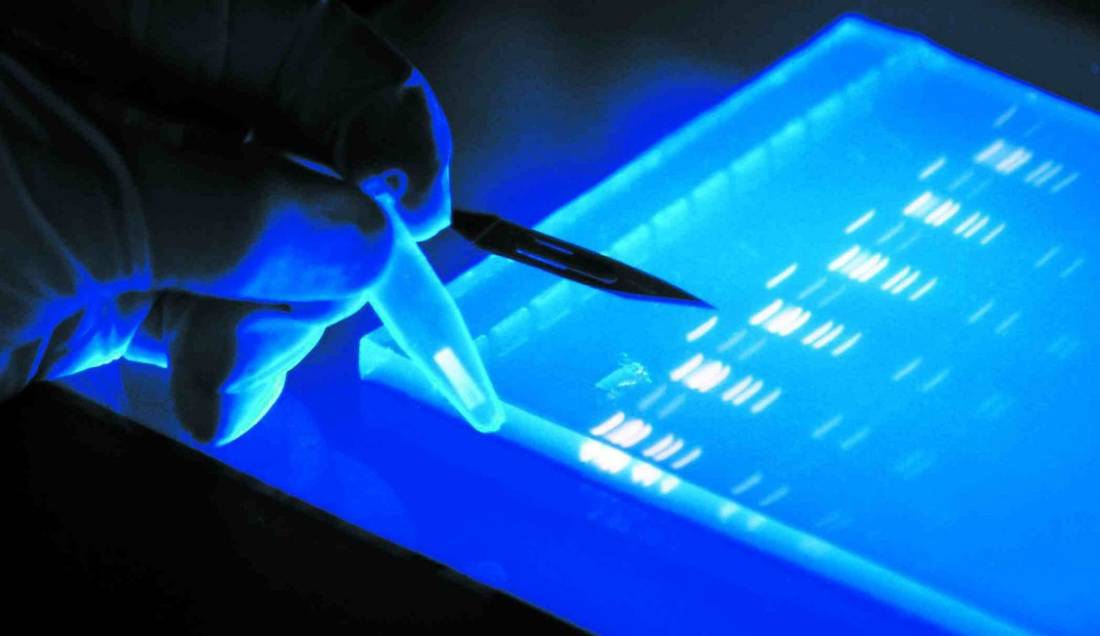Core Practical 18 – From Topic 8 (Grey Matter)

active neurone
Aim
To investigate habituation to a stimulus in snails.
Independent Variable
The number of pokes with a cotton wool bud
Dependent Variable
Time taken for the eye stalks to reemerge from the shell (measured in seconds using a stopwatch)
Control Variables
- Age and size – snails that look roughly the same should be used for repeats
- Handling history – all snails should have developed in the same habitat
- Point where bud touches – the cotton wool bud should be poked in between the snail’s eye stalks very gently
- Same cotton wool bud used each time
- Repeats carried out on the same surface
- When to stop the stopwatch – should be when both eye stalks are fully extended
Equipment
- Giant African land snail
- Dampened cotton wool bud
- Clean firm surface
- Stopwatch
Method
- Collect one giant African land snail, and place it on a clean, firm surface. Allow the snail to get used to its new surroundings for a few minutes until it has fully emerged from its shell.
- Dampen a cotton wool bud with water. Firmly touch the snail between the eye stalks with the dampened cotton wool bud and immediately start the stopwatch.
- Measure the length of time between the touch and the snail being fully emerged from its shell once again, with its eye stalks fully extended.
- Repeat the procedure in step 3 for a total of 15 touches, timing how long the snail takes to re-emerge each time.
- Record your results in a suitable table.
Results & Calculations
A Spearman’s rank stats test looks for correlation between two sets of data. A value of around -1 should be obtained. After plotting a graph, you should observe a negative correlation – as the number of stimuli increase the time taken for the snail to reemerge decreases. This reemergence time should remain at zero seconds after a certain number of touches.
Conclusion
With repeated stimulation, calcium ion channels in the presynaptic membrane become less responsive. Less calcium ions cross the membrane into the presynaptic (sensory) neurone. As a result, fewer neurotransmitters are released into the synaptic cleft. This means that an action potential across the postsynaptic membrane is less likely. Fewer action potentials are produced in the postsynaptic motor neurone so less of a response is observed. After a certain number of trials, the snail should become unresponsive – showing that it has habituated to the stimulus.
Evaluation Points
- Unable to tell when eye stalks are fully extended (random error) – measure the length of the eye stalks at a certain time after each trial.
- Lack of moisture encouraging snail to stay in shell (systematic error) – place snails on damp paper and allow to climatise for longer.
- Previous levels of habituation already taken place (random error) – use snails taken from their natural habitat, that have developed in isolation.







Leave a Reply